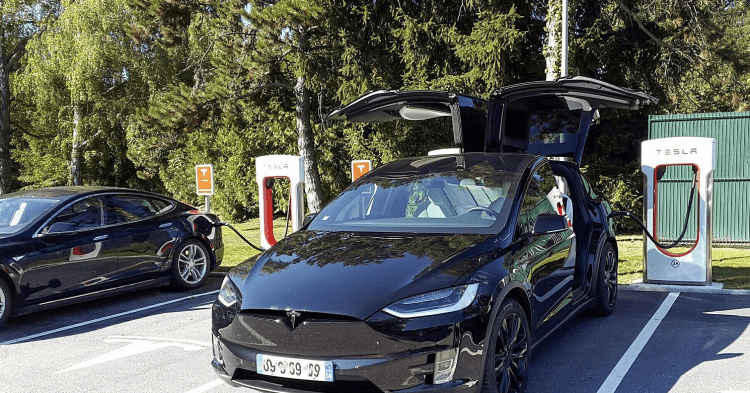
Owning an electric vehicle (EV) in the heart of Los Angeles, often considered the epitome of green and tech-savvy urban living, should be a seamless and efficient experience. However, recent reports highlight that EV owners in Los Angeles, the self-proclaimed EV capital of America, face a myriad of challenges that harken back to the gas crisis era under President Carter.
A Wall Street Journal article published recently shed light on the state of EV charging infrastructure in Los Angeles. To gauge the reliability and functionality of non-Tesla fast-charging stations in the city, the article conducted a test that involved 30 such stations, boasting a combined total of over 120 charging stalls. The results were nothing short of alarming, with at least 40 percent of these stations experiencing some form of issue, leaving EV owners in the lurch.
In her article, columnist Joanna Stern, who herself owns a Ford Mustang Mach-E EV, shared her experiences during this test. She and her video producer, Adam Falk, embarked on a journey from the picturesque beaches of Santa Monica to the upscale parking garages under Rodeo Drive, visiting various non-Tesla DC fast-charger stations in a Rivian R1T pickup truck. The results were disheartening, as Stern encountered problems at 13 out of the 30 stations they visited, surpassing the 40 percent issue rate. She aptly summed up the situation with an exasperated “Oof.”
The issues Stern faced during her testing expedition could be categorized into three primary areas. These problems not only hindered the charging experience but also underscored the challenges that the EV industry must address to ensure a seamless transition to electric mobility.
The first issue was straightforward: non-operational charging stations. Stern encountered instances where the charging stations were either out of service, displayed signs indicating issues, or had unresponsive screens. Astonishingly, fully 27 percent of the 126 individual Level 3 fast chargers at the surveyed stations were found to be inoperable for various reasons. In some cases, a simple solution might involve technicians resetting the malfunctioning unit, but this offers little consolation to EV owners in immediate need of a charge. Additionally, power issues could force charging units out of service, compounding the problem.
Another problem area involved payment rejections. At one station, Stern found herself in a situation where the credit-card reader repeatedly failed to accept multiple cards, ultimately demanding “CASH ONLY” for payment. This bizarre and inconvenient situation affected nearly 10 percent of otherwise operational stalls. Various reasons were attributed to these credit card issues, including integration problems between charging hardware and credit card reader machines, as well as the need to comply with new standards that require more dependable contactless card readers. The solution recommended by Stern and operators alike is to embrace contactless payment methods like Apple Pay or register with charging apps to facilitate automatic payment.
The third issue revolved around “handshakes” between the charging station and the EV. This technical issue occurs due to a timeout in the communication process between the charger and the car. The industry relies on standards like the Combined Charging System (CCS) for most non-Tesla EVs, requiring a quick and reliable handshake to initiate charging. With various combinations of cars and chargers in use, a software update can disrupt this handshake and render the car unchargeable. The proposed solution is for the industry to establish a standardized protocol to avoid these compatibility issues.
While these issues are certainly frustrating for EV owners and threaten to hinder the growth of the electric vehicle market, they also highlight the need for industry-wide collaboration and infrastructure improvements. Tesla’s decision to open its charging network to non-Tesla EVs in 2024 may alleviate some of these problems, but it also presents its own set of challenges related to compatibility and the need for adapters.
Moreover, the charging infrastructure’s reliability and availability can significantly impact consumer confidence in adopting electric vehicles. These issues aren’t unique to Los Angeles, as similar problems have been reported in other regions, including the Bay Area. In some cases, electric car entourages have struggled to find charging stations, underscoring the urgent need for improvements in charging infrastructure across the country.
California’s ambitious goal to ban the sale of internal-combustion cars by 2035 adds to the urgency of addressing these charging infrastructure issues. If the state is to achieve this goal and encourage widespread EV adoption, it must prioritize the reliability and accessibility of charging stations. Otherwise, EV drivers may find themselves in a situation where they drive electric vehicles designed for the future but must fill up at charging stations reminiscent of the past—an irony that may not sit well with consumers and could hinder the state’s green ambitions.